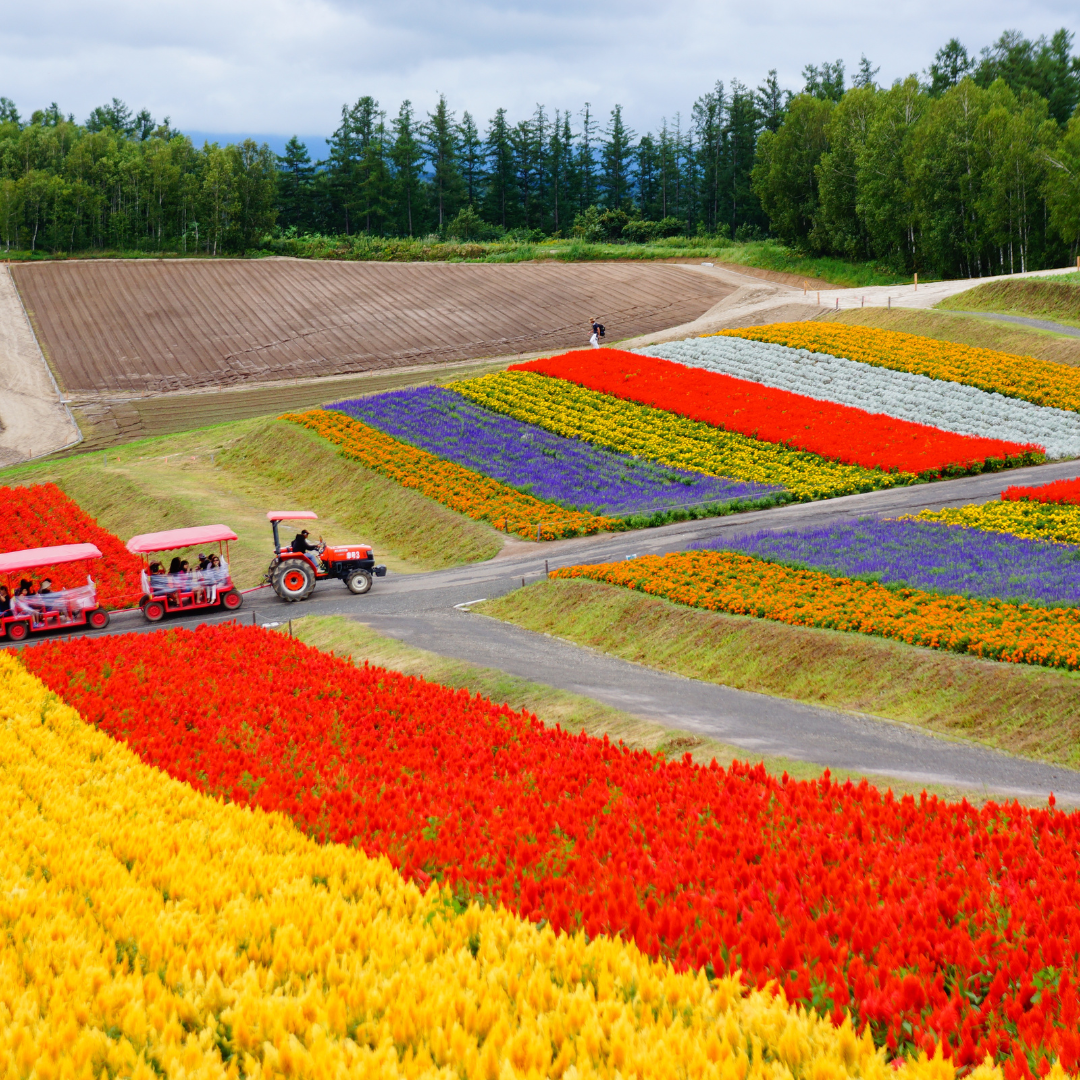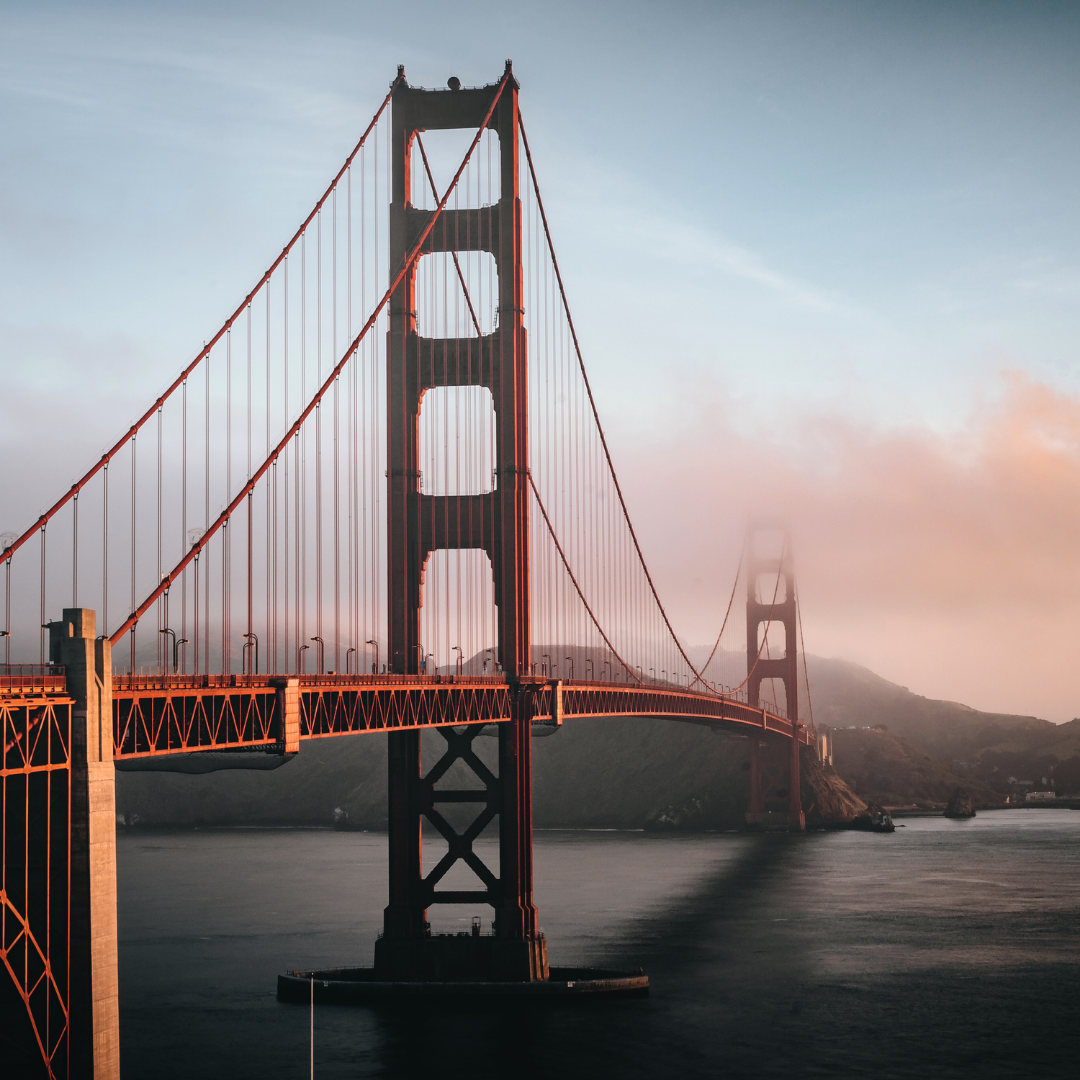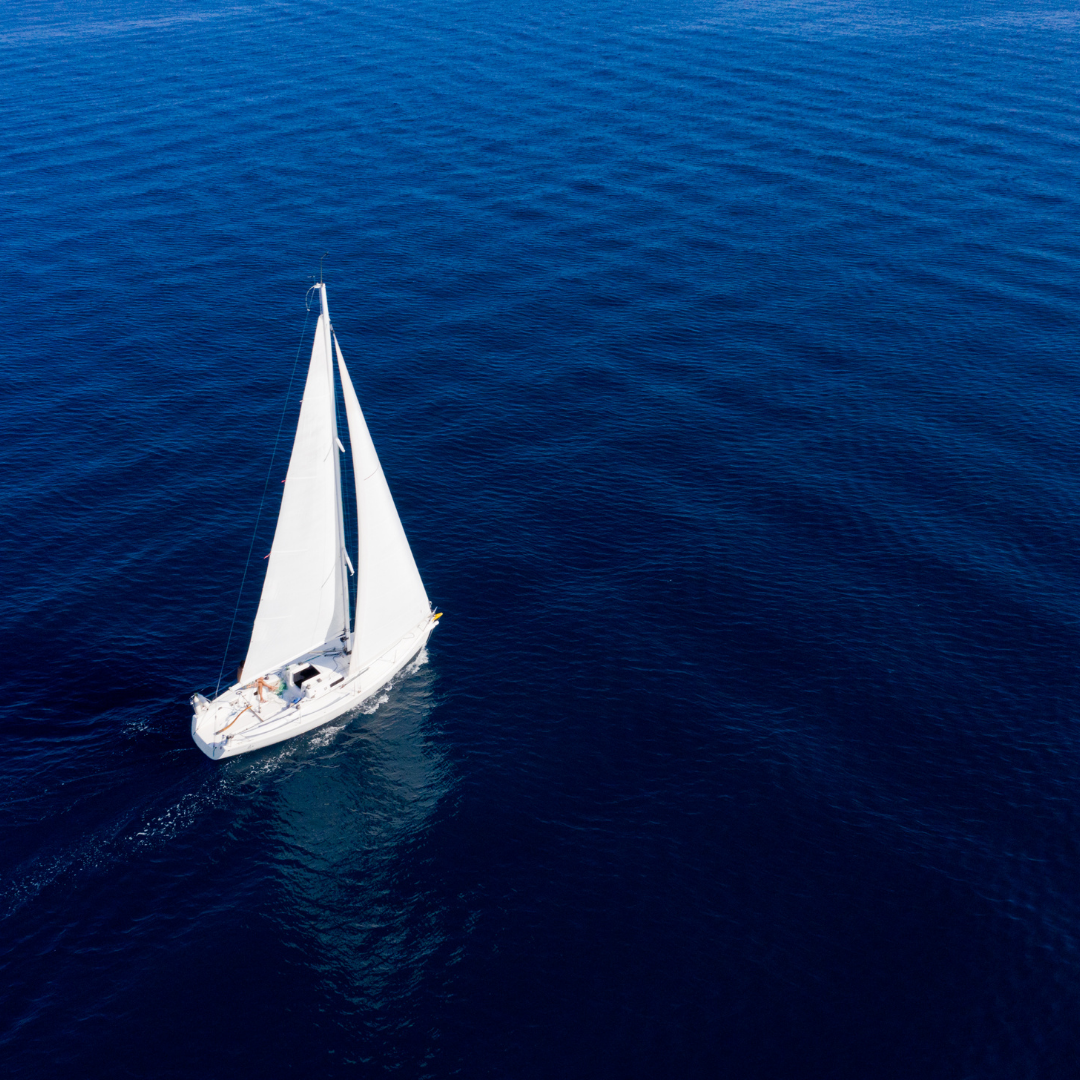Cruising the Pacific Coast of Japan: A Journey from Tokyo to Hokkaido’s Remote Islands

Japan’s Pacific Coast, stretching from the metropolis of Tokyo to the rugged islands of Hokkaido, presents a maritime journey of contrasts. Here, the pulsating energy of city harbors seamlessly melds with serene coastal retreats, and ancient traditions find a harmonious balance with modern influences. Cruising these waters offers travelers a unique perspective of Japan—a nation where nature, history, and innovation are intricately woven. As we embark on this voyage, we are set to navigate through bustling bays, surf-kissed shores, and remote island sanctuaries.
Setting Sail from Bustling Tokyo Bay
Starting the journey from Tokyo Bay is an immersion into Japan’s vibrant heart. This expansive waterway, flanked by the towering skyscrapers of Tokyo and Yokohama, buzzes with activity. From the iconic Rainbow Bridge to the historic Yokohama Port, Tokyo Bay reflects the nation’s maritime prowess. Amidst the modernity, pockets of tradition persist—like the sight of wooden fishing boats returning with their catch or the distant chants from ancient seaside shrines.
The Beaches and Surfing Spots of Chiba
Located just a short distance from Tokyo’s urban sprawl, Chiba Prefecture beckons with its stunning coastal panorama. It’s here that the Pacific Ocean unfurls its might, creating surf conditions that are coveted by enthusiasts. The town of Ichinomiya, in particular, stands out as a surfing mecca. With waves catering to both novices and seasoned surfers, it’s no surprise that it often plays host to international surf competitions. Onjuku Beach, with its golden sands and iconic statues commemorating a 17th-century Mexican samurai, is yet another highlight. Beyond the surf, the coastline is dotted with local eateries where one can savor fresh seafood, capturing the very essence of the Pacific’s bounty.
Izu Peninsula: Hot Springs and Dramatic Cliffs
Stretching into the Pacific south of Tokyo, the Izu Peninsula is a geothermal wonderland. It is a place where the earth’s restlessness from millennia ago has shaped a landscape of volcanic terrains and therapeutic hot springs. The coastal town of Atami stands out with its plethora of onsen resorts, where steaming waters offer rejuvenation against the backdrop of the vast ocean. But it’s not just the hot springs that captivate. The Jogasaki Coast, with its rugged cliffs sculpted by relentless waves, is a visual treat. Walking its suspension bridge, one can almost feel the raw power of nature, making it an experience that’s both thrilling and humbling.
The Spiritual Island of Enoshima
Emerging from the waters of Sagami Bay is Enoshima, a petite island steeped in legends and spiritualism. A bridge connects the mainland to this island, where time seems to slow. Central to Enoshima’s charm is its dedication to Benzaiten, the goddess of music and entertainment. Meandering pathways lead visitors past shrines and through beautifully landscaped gardens, culminating in the Enoshima Sea Candle. This lighthouse observation tower, apart from being a modern marvel, offers panoramic vistas that include the iconic Mount Fuji. The Iwaya caves on the island, carved by millennia of wave action, further add to Enoshima’s mystique, making it a blend of natural wonder and spiritual retreat.
Exploring the Northern Beauty of Sendai’s Coast
As one moves north along Japan’s Pacific Coast, Sendai offers a delightful juxtaposition of natural beauty and historical richness. The city, with its tree-lined avenues and vibrant urban life, is the gateway to a stunning coastline. Matsushima Bay, with its pine-clad islets, is often celebrated in Japanese poetry and art. A boat ride here, weaving through the islets, feels like a journey through an ink-washed painting. Beyond nature, Sendai’s coast whispers tales of samurais and ancient conflicts. The ruins of Aoba Castle, perched on a hill, narrate stories of the region’s feudal past while offering sweeping views of the city and the sea beyond.
Hakodate: A Gateway to Hokkaido with a Star-Shaped Fort
Hakodate, sitting at the southernmost tip of Hokkaido, is a port city that has long served as a nexus between cultures. Its star-shaped Goryokaku Fort, built in the 19th century, is emblematic of the city’s unique blend of Japanese and Western influences. Once a bastion against potential Western invasions, the fort is now a peaceful park, especially captivating during cherry blossom season. Hakodate’s history is also reflected in its architecture, with churches, old brick warehouses, and traditional Japanese buildings standing side by side. The city’s night views, as seen from Mount Hakodate, are legendary, with the sparkling cityscape often likened to a glittering jewel against the velvety backdrop of the night.
Rishiri and Rebun: Nature’s Splendor in Hokkaido’s Far North
The final leg of the journey takes travelers to the remote islands of Rishiri and Rebun. Dominated by the majestic Rishiri Mount, Rishiri Island is a trekker’s paradise. Adjacent Rebun Island, with its alpine flowers and coastal hiking trails, showcases nature in its rawest form. These islands, with their untouched beauty, offer a tranquil retreat from the world, encapsulating the diverse splendors of Japan’s Pacific Coast.
Navigating the Pacific Coast of Japan is akin to leafing through a beautifully illustrated book, where each page unveils a new story, a fresh perspective. From the metropolitan vigor of Tokyo Bay to the pristine landscapes of Hokkaido’s islands, this journey by sailboat is a celebration of Japan’s multifaceted identity. As the anchor drops and the sails fold, travelers are left with a treasure trove of memories—each a testament to Japan’s enduring allure and the timeless charm of its Pacific shores.


